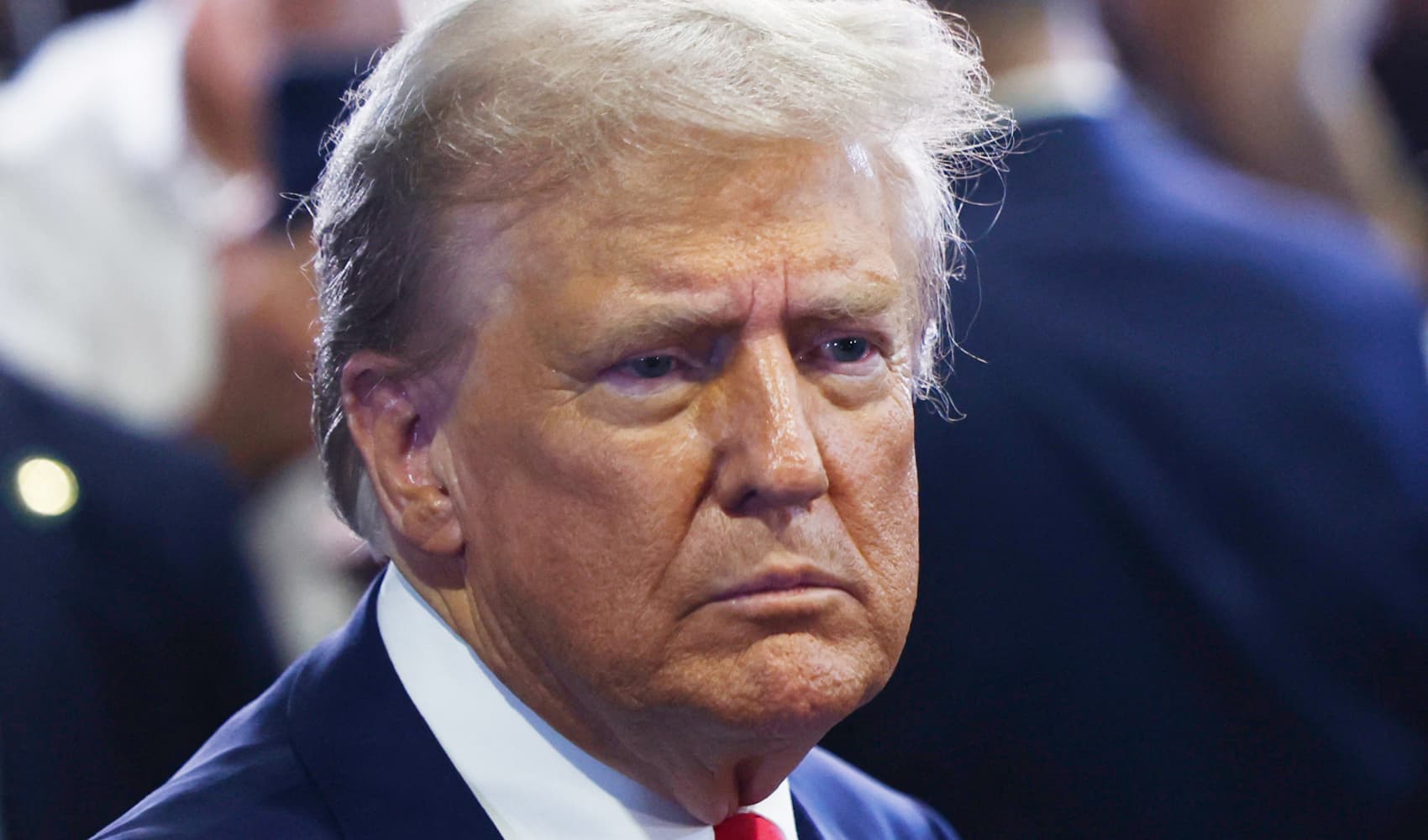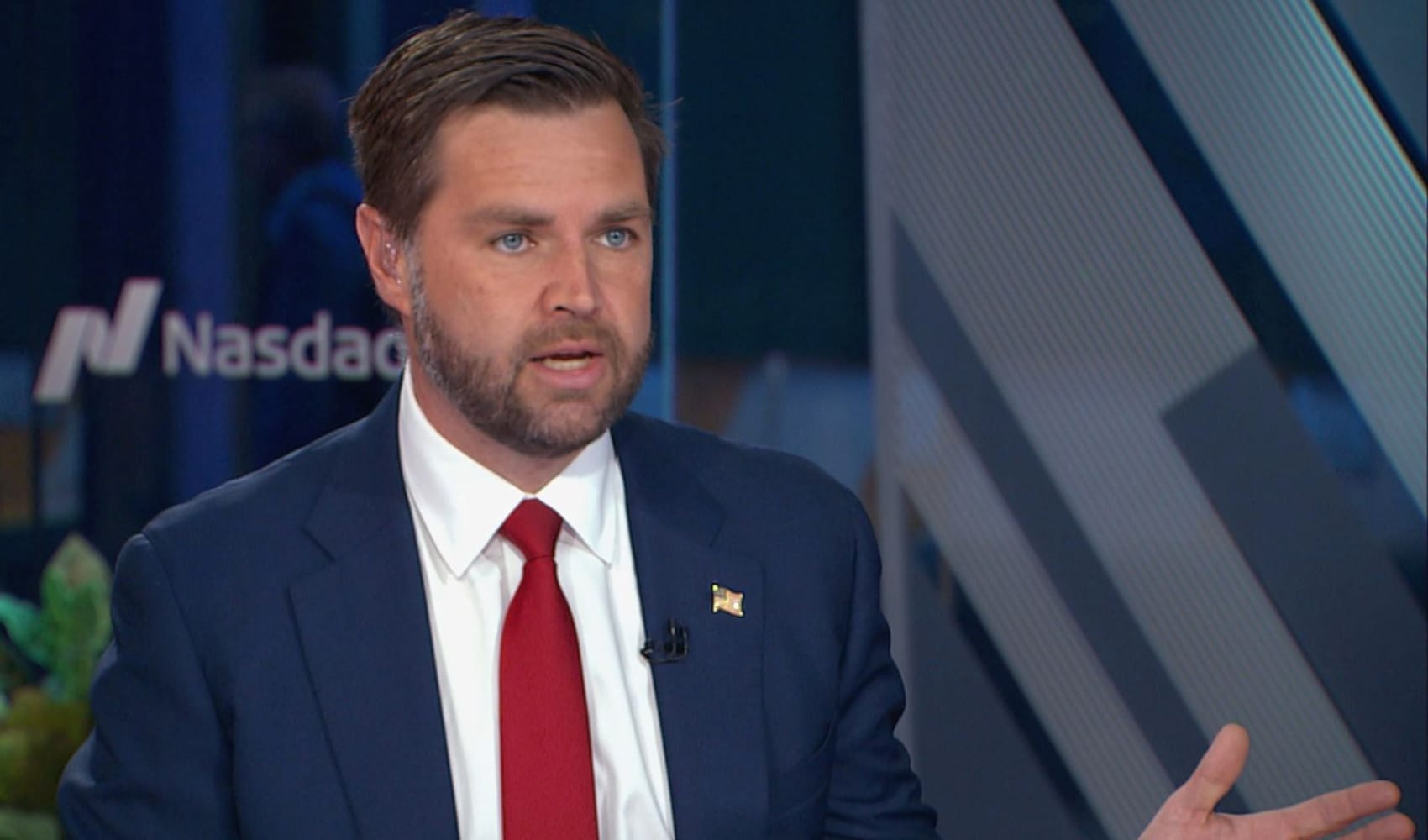
- The total cost of attendance at a few colleges and universities is nearing six figures per year.
- Although many families will pay a lot less, sky-high sticker prices may be a psychological barrier for students from low- and moderate-income families.
- Financial aid, including scholarships, grants and loans, must make up for the affordability gap.

The cost of attendance at some colleges is now nearing six figures a year, after factoring in tuition, fees, room and board, books, transportation and other expenses.
Among the schools appearing on The Princeton Review's "The Best 389 Colleges" list, eight institutions — including New York University, Tufts, Brown, Yale and Washington University in St. Louis — have a sticker price of more than $90,000 for the 2024-25 academic year, according to data provided to CNBC.
Get top local stories in DFW delivered to you every morning. Sign up for NBC DFW's News Headlines newsletter.
Considering that tuition adjustments average roughly 4% a year, those institutions — and others — could cross the $100,000 threshold as soon as 2026, according to a 2023 estimate by Bryan Alexander, a senior scholar at Georgetown University.
More from Personal Finance:
Nearly half of student loan borrowers expect debt forgiveness
The best private and public colleges for financial aid
More of the nation's top colleges roll out no-loan policies
That type of sticker shock "can discourage students from seeing that [college] as a place they can attend, despite grant aid," said Sameer Gadkaree, president of the Institute for College Access and Success, a nonprofit organization that promotes college affordability.
Money Report
"It's simply unaffordable," he said, particularly for low- and moderate-income families.
Deep cuts in state funding for higher education have contributed to significant tuition increases and pushed more of the costs of college onto students, according to an analysis by the Center on Budget and Policy Priorities, a nonpartisan research group based in Washington, D.C. "It's absolutely a worrisome trend," Gadkaree said.
But still, these schools account for "a small slice of the higher education pie," he added. "The vast majority of colleges are open-access community colleges or state universities where the prices are not that high."
What families really pay for college
Even though college is getting more expensive, students and their parents rarely pay the full tab out of pocket.
The amount families actually spent on education costs in the 2023-24 academic year was $28,409, on average, according to Sallie Mae's annual How America Pays for College report. Sallie Mae surveyed 1,000 parents of undergraduate students and 1,000 undergraduate students ages 18 to 24 this spring.
While parental income and savings cover nearly half of college costs, free money from scholarships and grants accounts for more than a quarter of the costs and student loans make up most of the rest, the education lender found.

The U.S. Department of Education awards about $120 billion every year to help students pay for higher education. Beyond federal aid, students could also be eligible for financial assistance from their state or college, or via private scholarships.
But students must first fill out the Free Application for Federal Student Aid, or FAFSA, which serves as the gateway to all federal money, including loans, work-study and grants.
This year, problems with the new FAFSA have discouraged many students and their families from completing an application.
As of Aug. 9, FAFSA submissions were down almost 10% nationally in 2024 compared to 2023, according to the National College Attainment Network, or NCAN.
"We know that fewer students applied for financial aid, which translates into few students attending college," said Robert Franek, editor-in-chief of The Princeton Review.
With cost being the No. 1 college concern among families, "it is hard for students and parents to see a lofty sticker price and think that school is going to be able to help me," Franek said.
However, when it comes to offering aid, private schools typically have more money to spend, he added.
Despite high sticker costs, "there are many schools out there that are meeting students' and families' demonstrated need, and that is the glorious story here," Franek said.






